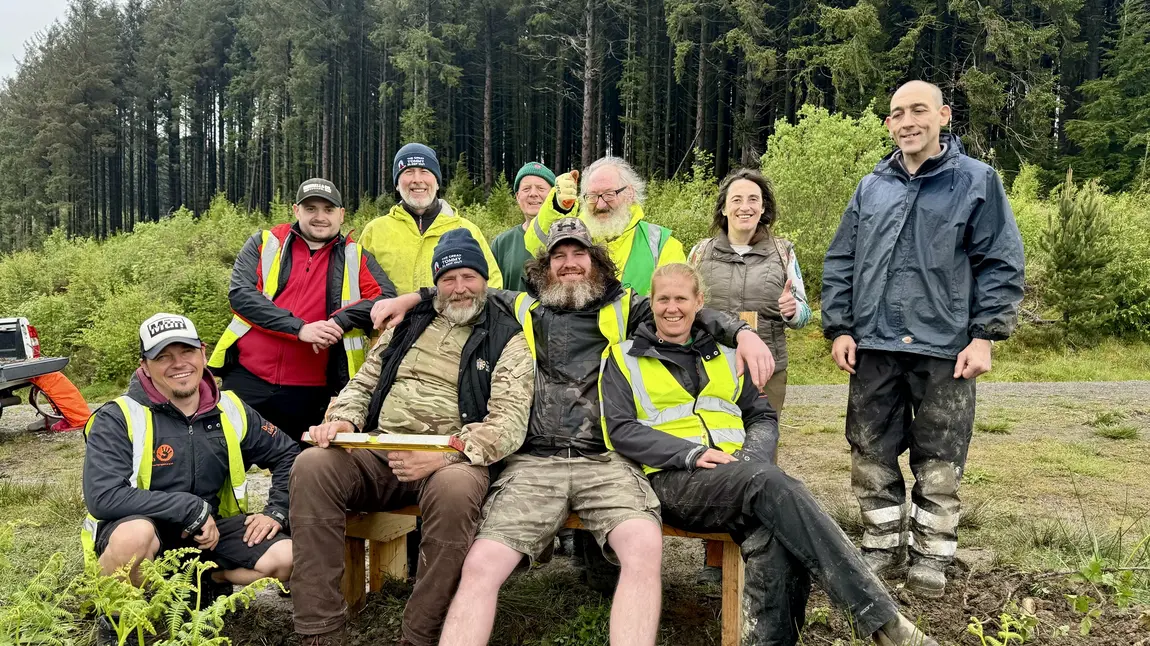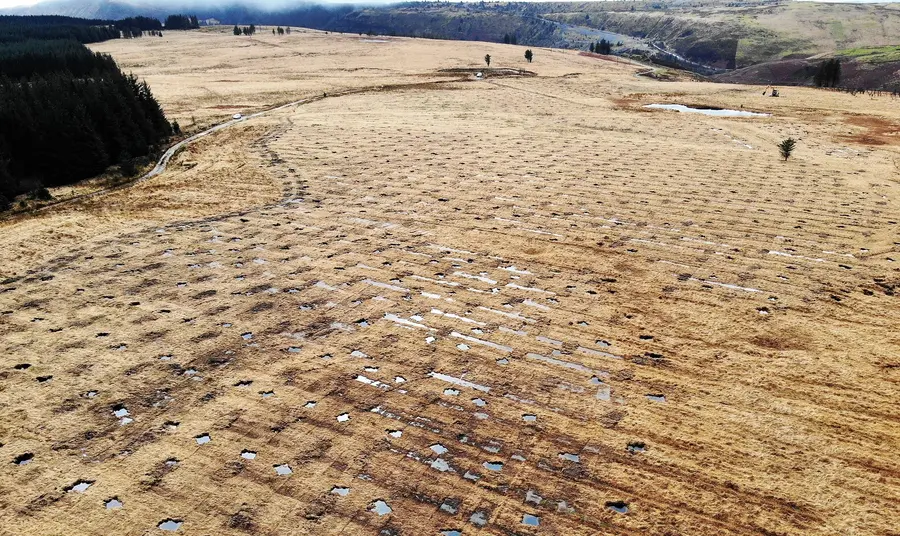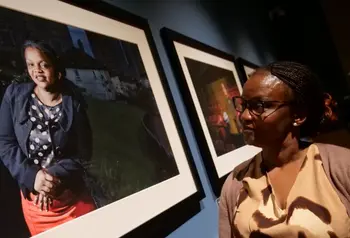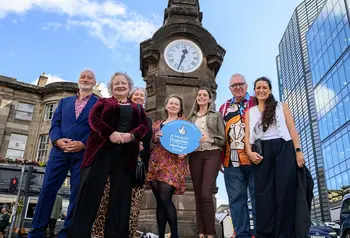Grantee Q&A: how to build a compelling project narrative

About the project
Across 29,500 hectares of South Wales, the Lost Peatlands project is bringing communities together to restore damaged habitats and explore their shared environmental heritage.
Working closely with local organisations, the project is providing opportunities to improve education, skills and wellbeing through workshops and training. Together, community hubs are driving nature recovery and improving the sustainability of the area’s vital ecosystems, which trap carbon and support varied wildlife.
What did you find most challenging about your application and how did you overcome these challenges?
“Clearly articulating the breadth and interconnectedness of the project, especially how heritage, community engagement and habitat restoration all link together. It was difficult to fit everything into the application format without losing nuance. We overcame this by creating a clear thematic structure alongside timelines and infographics to visually represent the project's scope. This helped clarify the narrative and made the application more accessible to reviewers.”
“This strong narrative clearly connected the project's aims with its outcomes; showing how each element – whether it's community engagement, heritage or environmental restoration – contributes to a bigger picture.”

What one piece of advice would you give to someone applying for funding for the first time?
“Start early and give yourself plenty of time to shape your ideas. Don’t be afraid to reach out to others – colleagues, partners or even previous applicants – for feedback. A fresh pair of eyes can help you spot gaps or strengthen your case. Also, make sure your application tells a compelling story that aligns with the Heritage Fund’s priorities.”
When delivering your project, what surprised you?
“How strongly people connected with our public events. While we anticipated interest in the peatland restoration work, the enthusiasm for health and wellbeing events, traditional and professional skills, and local history exceeded expectations. It showed how valuable these elements are in building meaningful connections with the community.”
What one thing do you know now that you wish you’d known before you began?
“How much flexibility and creativity the delivery phase would allow. Early on, I was focused on meeting targets and timelines, but I’ve learned that adapting to community needs and responding to opportunities as they arise can lead to richer outcomes. Building in space for experimentation and co-creation has made the project more impactful.”
What’s been the most rewarding thing to come out of your project?
“Seeing people from different backgrounds come together through the project – whether through volunteering, attending events or engaging with heritage and nature. Alongside this, witnessing positive changes in the landscape has been incredibly fulfilling. Areas have improved in terms of biodiversity, carbon capture and even the uncovering of hidden heritage features. Seeing both people and place thrive together has been a powerful outcome.”
This is part of a new series of Q&As led by successful grantees, aiming to demystify the project management process and share experience across the sector. Explore more stories below.


